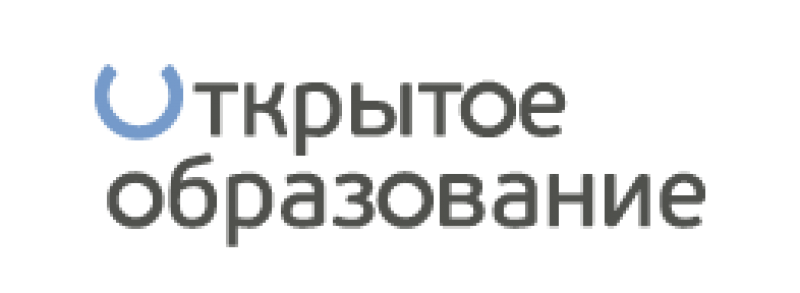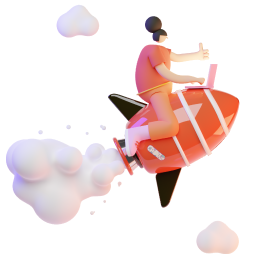
 Открытое образование
Открытое образование
Probability Theory, Statistics and Exploratory Data Analysis
- Начальный уровень
- Наставник: Нет
- Сертификат: Есть
- Формат: Online
- Рассрочка: Нет
- Язык: Русский
- Осталось мест: не ограничено
Probability Theory, Statistics and Exploratory Data Analysis
Организатор курса: НИУ ВШЭ
This online course introduces you to the necessary sections of probability theory and statistics, guiding you from the very basics all way up to the level required for jump starting your ascent in Data Science.
 факультет
факультет 

